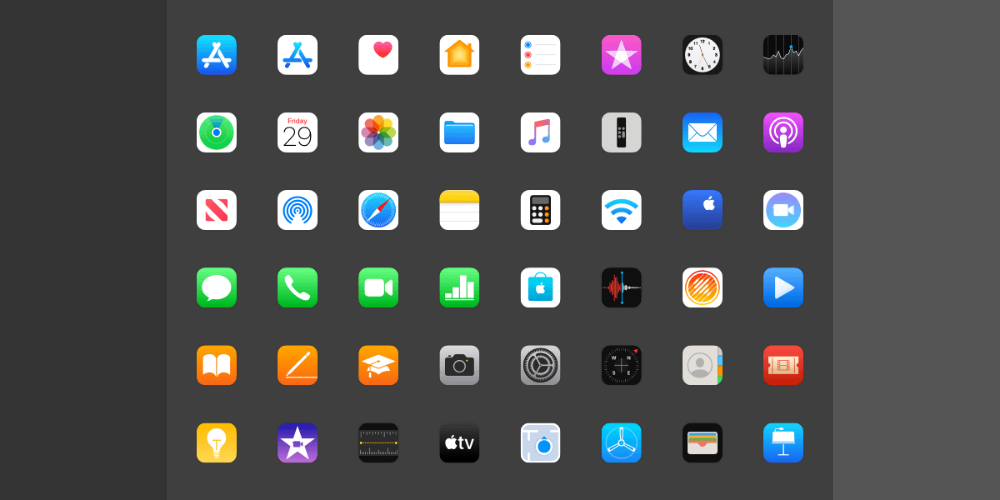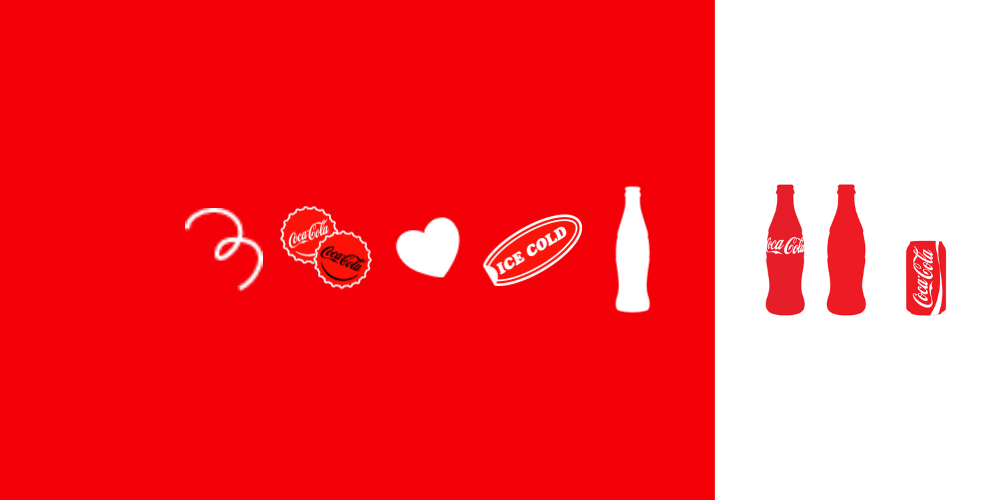Iconography: Visual Storytelling for Business
Iconography is the art of using symbols and icons to communicate a message. In business, it means choosing the right icons to represent your brand and convey your message effectively.
Iconography is more than just pretty pictures, though, it's a powerful tool that can enhance user experience, create visual interest, and reinforce your brand's identity. Let's dive into this article to uncover the how and the why.
Iconography in Brand Identity
Your icon choice says a lot about your brand, and it's often influenced by the niche or industry you're in. For example, your icons can be modern, minimalist, playful, or abstract, depending on your brand's personality. Additionally, your icons should fit in well with your branding.
However, regardless of the style you choose, consistency is key. By using consistent iconography, you can build recognition and trust with your audience.
Where Does Iconography Fit In?
Iconography is everywhere. In ads, posters, online, product packaging, brochures, you name it. It plays a crucial role in various marketing materials, including:
Websites and apps: Icons can be used to guide users, illustrate features, and enhance the overall user experience.
Logos and branding: Icons can be used to represent your brand and create a lasting impression.
Social media graphics: Icons used in social media content can add visual interest and help your content stand out.
Print materials: Icons used in posters and other printed media can be used to draw attention, illustrate key points, break up text, and create a cohesive look.
Standout Examples
Established businesses often use icons in their products as well as marketing materials to convey messages and evoke emotions. Here are a few examples of businesses that use iconography effectively:
1. Apple
Simple and minimalistic icons reflect Apple's innovative vibe. These are used on all Apple products, although sometimes with slight variations that ensure a unified aesthetic.
2. Coca-Cola
The Coca-Cola Company isn't afraid to leverage iconic imagery to promote their drinks, consistently incorporating their signature red and white colour scheme to reinforce brand recognition.
3. Spotify
On Spotify's apps and websites, line icons play a crucial role in navigation, providing a seamless user experience. Their simplicity and consistency ensure that they're instantly recognizable, making it easy for users to find their way around.
Why Iconography Matters
Iconography plays a vital role in shaping your brand's visual identity and user experience. By using consistent iconography, you reinforce your brand's recognition and create a lasting impression.
Icons also serve as a powerful tool for visual storytelling, conveying complex information in a simple and visually appealing way.
Moreover, well-designed icons can significantly enhance the user experience, guiding users through your platform and creating a seamless interaction that fosters engagement and loyalty.
Getting Started
To get started with iconography, begin by choosing icons that reflect your brand's personality. Once you've selected an icon style, use it consistently across all your marketing materials to build recognition and reinforce your brand's identity. Don't be afraid to experiment with different icon styles and combinations to find the perfect fit for your brand.
Iconography is a powerful tool in your branding arsenal. By choosing the right icons, you can create a lasting impression, enhance user experience, and build a strong brand identity.





